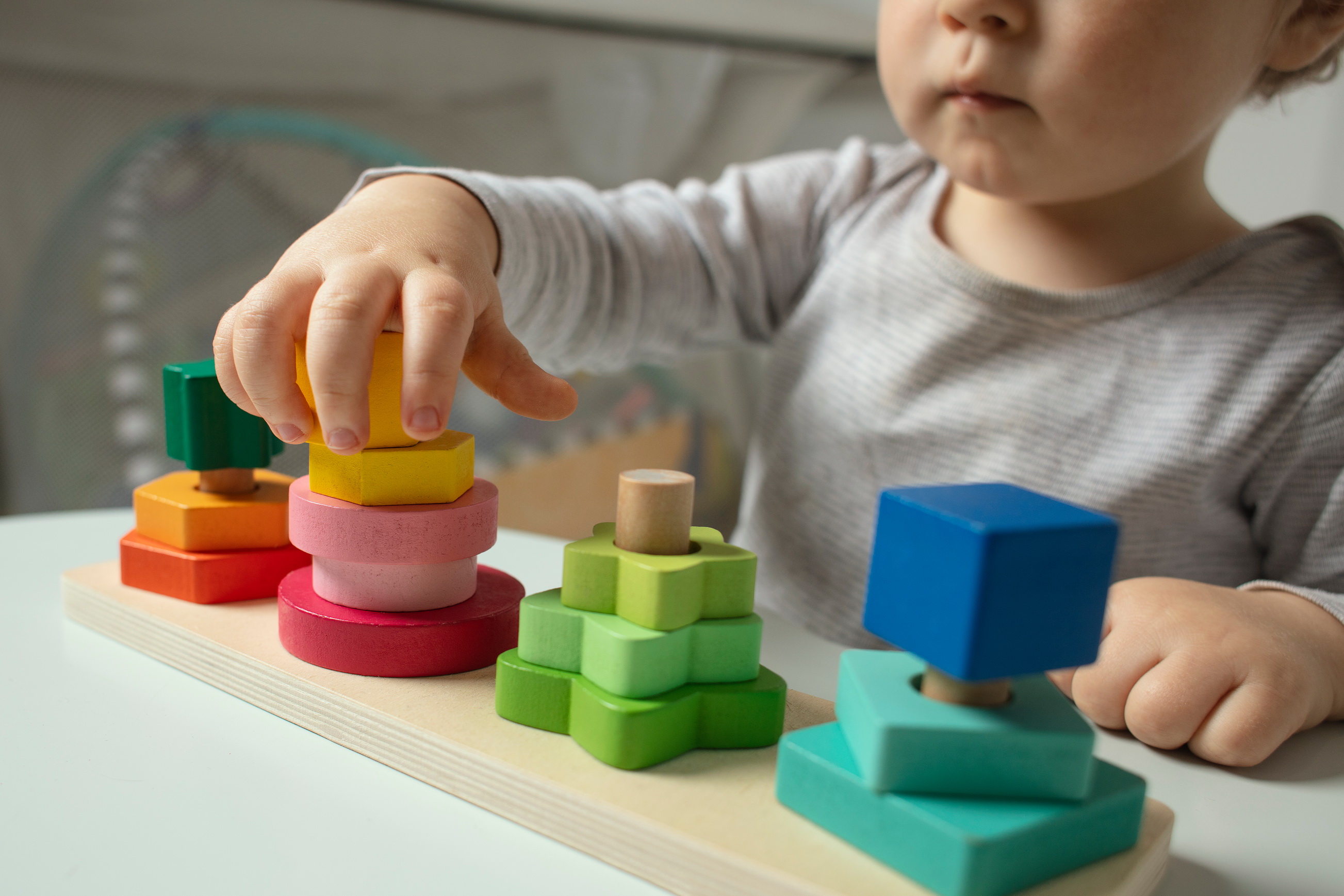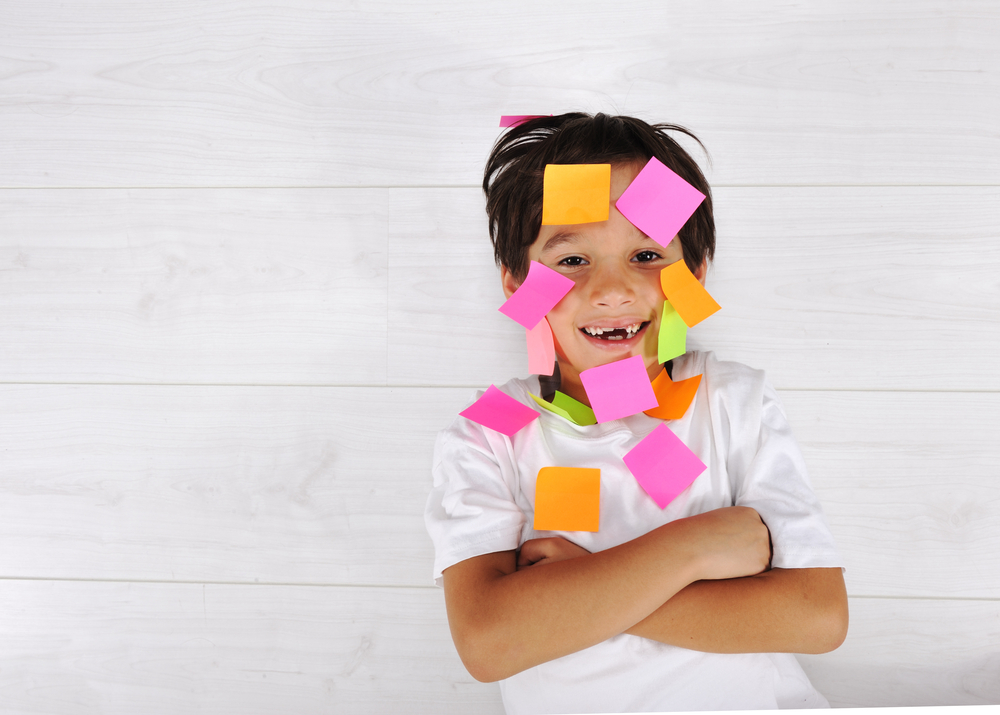Time recognition Normal Math Worksheets for Ages 6-7
5 filtered results
-
From - To
Our Time Recognition Normal Math Worksheets for Ages 6-7 are designed to help your child master the essential skill of telling time. These engaging worksheets use a variety of exercises to teach children how to read both digital and analog clocks. Through these activities, kids will learn to recognize hour and minute hands, understand the concept of time intervals, and practice setting times themselves. Perfect for first and second graders, these worksheets bring fun and learning together, ensuring your student effectively grasps the basis of time-telling while enjoying the process. Access these valuable worksheets on our website today!
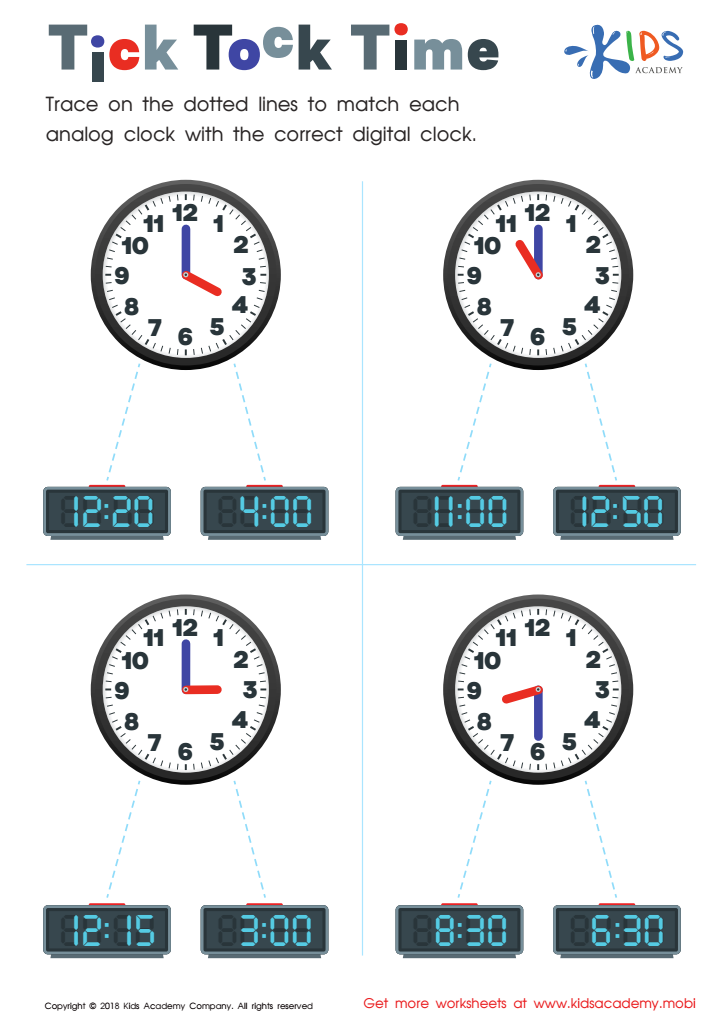

Tick Tock Time Worksheet
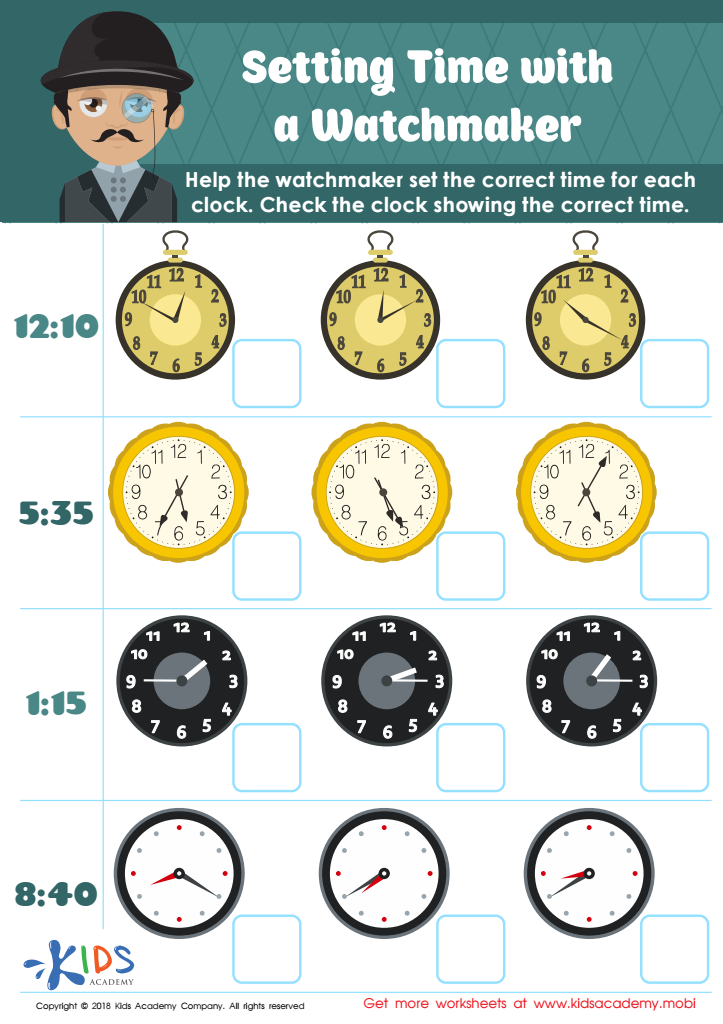

Setting Time with Watchmaker Worksheet
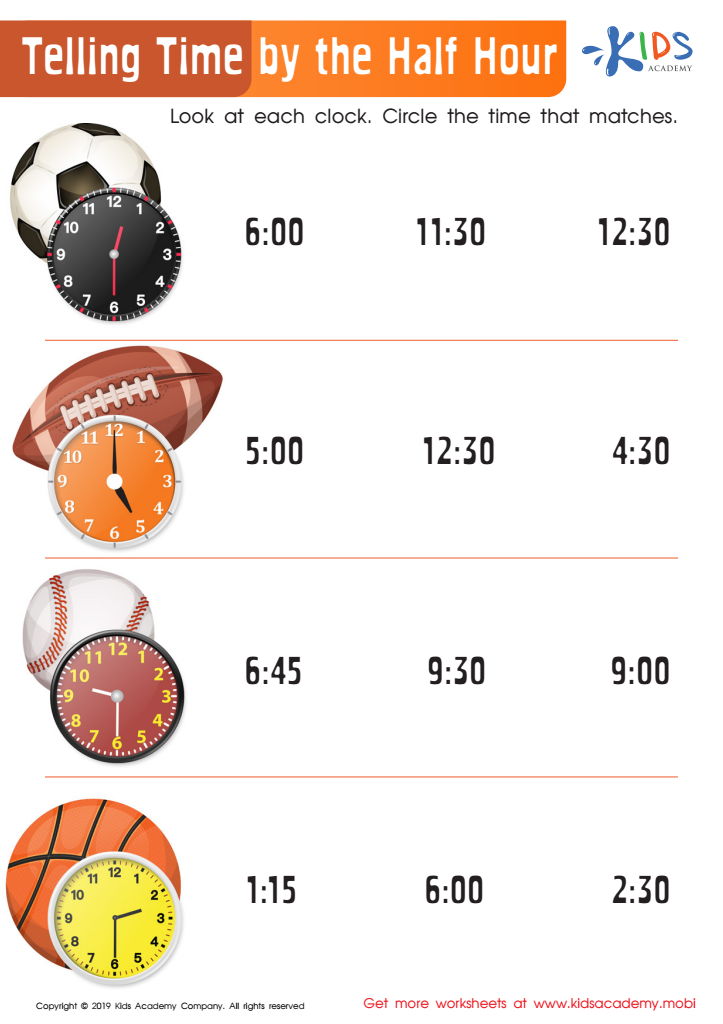

Telling Time by the Half Hour Worksheet
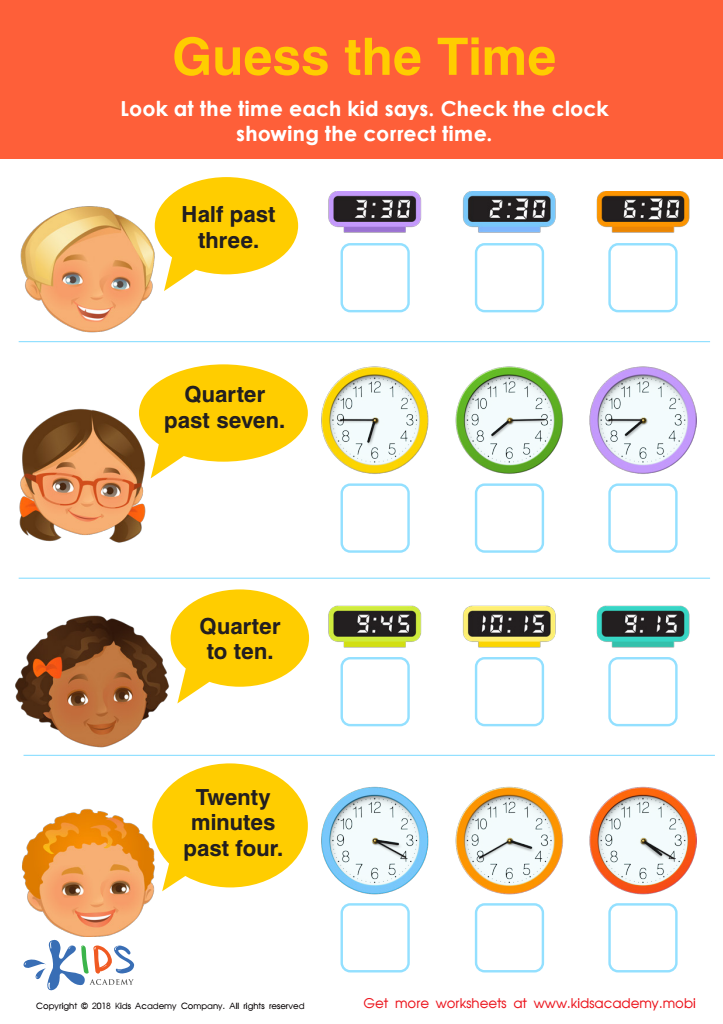

Guess the Time Worksheet
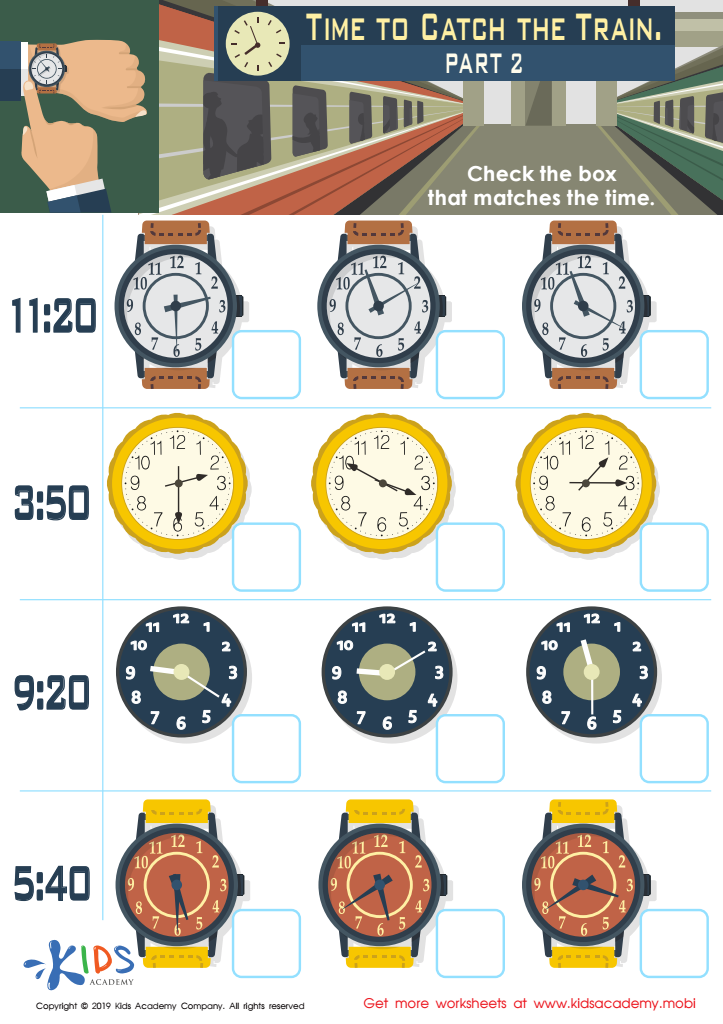

Time to Catch the Train Part 2 Worksheet
Time recognition and basic math skills are foundational aspects of a child's education, particularly for ages 6-7. These skills are crucial for several reasons:
-
Daily Routines: Understanding the concept of time helps children grasp their daily schedules such as school timings, meal times, and bedtime. It fosters a sense of predictability and security, knowing what comes next in their day.
-
Mathematical Foundation: Normal math operations (addition, subtraction, etc.) are essential building blocks for more advanced math concepts. By mastering these early, children develop the necessary skills to tackle higher-level math with confidence.
-
Cognitive Development: Learning to tell time and perform simple math enhances problem-solving abilities and logical thinking. These tasks improve cognitive flexibility and support critical cognitive milestones crucial for overall intellectual growth.
-
Responsibility: Time management skills teach children responsibility. By recognizing times like starting schoolwork at a specific hour or getting ready for bed, they learn to manage their obligations effectively.
-
Real-Life Application: Situations, such as playing games, cooking, or even watching favorite TV shows, often require basic math and time concepts.
 Assign to My Students
Assign to My Students






